EDITOR’S NOTE: As of April 10, 2024, OPUS cards can be reloaded on any smartphone.
This change means that you can say goodbye to waiting in line at metro stations or trekking to points of sale around the city. It also means you can toss that clunky, outdated at-home OPUS card reader you bought for $20. But more on that later.
While the official launch date for all smartphone users is not yet confirmed, the ARTM told La Presse that it expects to wrap up testing by end of March and start offering mobile reloading during the month of April 2024. So if you have an iPhone or the update isn't working on your Android yet, you'll likely be good to go by the end of April.
Hallelujah!
The ARTM explained that the mobile charging system works using the Chrono app — the official app for exo, the STM, the Réseau de transport de Longueuil (RTL), the Société de transport de Laval (STL), and the Réseau express métropolitain (REM) — which you might even already have on your phone.
The app has been around for several years now, allowing users to see transit schedules, plan routes, track buses and trains in real time, learn about service disruptions and more. In 2021, Chrono launched a card-reading feature that shows you the status of the tickets loaded onto your OPUS card so you know how many trips you have left.
You can also use Chrono to locate, reserve and unlock BIXI bicycles as well as to find and reserve Communauto cars.
How will I recharge my OPUS card with my phone?
To use the new mobile OPUS charging feature, you'll need to start by downloading the Chrono app if you don't already have it. Chrono is available via the Apple App Store as well as on Google Play.
Next, you'll want to link your OPUS card to your Chrono account. Once you're signed into the Chrono app, tap the little card icon with a question mark on it. You'll find it in the upper right-hand corner. Or if you're looking at the full main menu, press "Read your OPUS card."
 Screenshot of the Chrono app, which already offers the possibility of linking your OPUS card for future mobile reloading.Ilana Belfer | MTL Blog
Screenshot of the Chrono app, which already offers the possibility of linking your OPUS card for future mobile reloading.Ilana Belfer | MTL Blog
Pro Tip: If you have an Android phone, make sure you have Near Field Communication aka NFC activated (iPhones have NFC activated by default) or else the app won't be able to check your card's contents.
You'll also want to make sure you're connected to the Internet so the process works properly and — if your phone has a case on it — you'll probably want to remove it. While testing this, we had issues scanning our card until we removed our case.
 Screenshot of the Chrono app, which already offers the possibility of linking your OPUS card for future mobile reloading.Ilana Belfer | MTL Blog
Screenshot of the Chrono app, which already offers the possibility of linking your OPUS card for future mobile reloading.Ilana Belfer | MTL Blog
Press the "Begin reading" button and then hold up your OPUS card to your phone's camera with the chip facing toward your phone. You should feel a vibration once the app has detected your card. Your camera will automatically import the card number (hidden in this case) as well as the remaining trips on your card.
 Screenshot of the Chrono app, which allows you to see the information associated with your OPUS card, including your remaining trips.Ilana Belfer | MTL Blog
Screenshot of the Chrono app, which allows you to see the information associated with your OPUS card, including your remaining trips.Ilana Belfer | MTL Blog
Once mobile charging comes into effect, there will be an additional step where you can actually purchase new fares and add them directly to your card. Getting yourself set up to this point should make using the new feature seamless when it becomes available.
If you've done all of the above steps and you have the latest version of Chrono from the Google Play Store, the new feature might already be available to you.
Instead of "Find a point of sale," you'll see a button that says "Purchase a transit fare."
 Screenshot of an Android user's Chrono app as a user purchases transit fare. Louie Murray | Narcity Media
Screenshot of an Android user's Chrono app as a user purchases transit fare. Louie Murray | Narcity Media
Then, you'll need to choose your travel zones. For instance, are you travelling only within Zone A (the agglomeration of Montreal) or are you travelling between Zones A and B, which includes Longueuil and Laval?
 Screenshot of an Android user's Chrono app as a user purchases transit fare. Louie Murray | Narcity Media
Screenshot of an Android user's Chrono app as a user purchases transit fare. Louie Murray | Narcity Media
Next, choose your transit fare, which varies depending on what kind of pass you want to buy.
 Screenshot of an Android user's Chrono app as a user purchases transit fare. Louie Murray | Narcity Media
Screenshot of an Android user's Chrono app as a user purchases transit fare. Louie Murray | Narcity Media
After that it's time to pay, and voila! You've purchase your fare — all directly from your phone.
 Screenshot of an Android user's Chrono app as a user purchases transit fare. Louie Murray | Narcity Media
Screenshot of an Android user's Chrono app as a user purchases transit fare. Louie Murray | Narcity Media
Will I be able to ditch my OPUS card and scan my phone at the turnstile?
Not yet. While you will be able to load fares onto your card with the app, you'll still need to scan your physical blue and orange OPUS card to get onto the bus, metro or train.
La Presse reported that the ARTM is working on a feature that would allow passengers to present their phones instead of their OPUS cards, but you'll have to be patient because it's expected to be ready "by 2026."
Can I still use the "OPUS en ligne" service?
Unfortunately not. A note on the OPUS en ligne website states that the service will no longer be available as of June 30, 2024.
So, if you're used to inserting your OPUS card into a card reader that's plugged into your computer's USB port in order to add funds, it may be time to move on and embrace the new, more modern system.
But if you want to hang on to the familiar a little longer, ARTM project manager Youness Touzani reportedly told La Presse that, while OPUS en ligne will be decommissioned by June, a transition will be put in place for frequent users.
Does this change only apply to Montreal?
The Chrono app is only for users in Greater Montreal so, come April, only folks taking transit in Greater Montreal can benefit from mobile recharging.
However, the ARTM's director of public affairs and communications, Simon Charbonneau, reportedly told La Presse that Quebec, Lévis and Joliette will be getting their own apps by next June, and that "discussions are already underway" with other municipalities.
When will we know the official launch date that mobile charging comes into effect for everyone?
We aren't totally sure, but we'll tell you as soon as we hear anything.
In an email to MTL Blog, ARTM spokesperson Isabella Brisson-Urdaneta confirmed that the progressive roll-out is currently underway for Android users, and is being monitored for performance by ARTM experts. You can think of this period as a soft launch.
"Progressive launch in app stores is an industry-standard procedure for bringing a new application to market. In particular, this ensures that it will function properly in a real-world environment over the long term," Brisson-Urdaneta said.
Brisson-Urdaneta said deployment on iOS "will follow shortly."
"The project is progressing according to plan and, following conclusive tests, a launch date will be set to make the OPUS card reloading functionality available to the entire population of the metropolitan area," said Brisson-Urdaneta.
"When the time is right, the ARTM and its partners will announce the launch in the media, as well as on its own digital media platforms. An advertising campaign will also follow later in the spring."

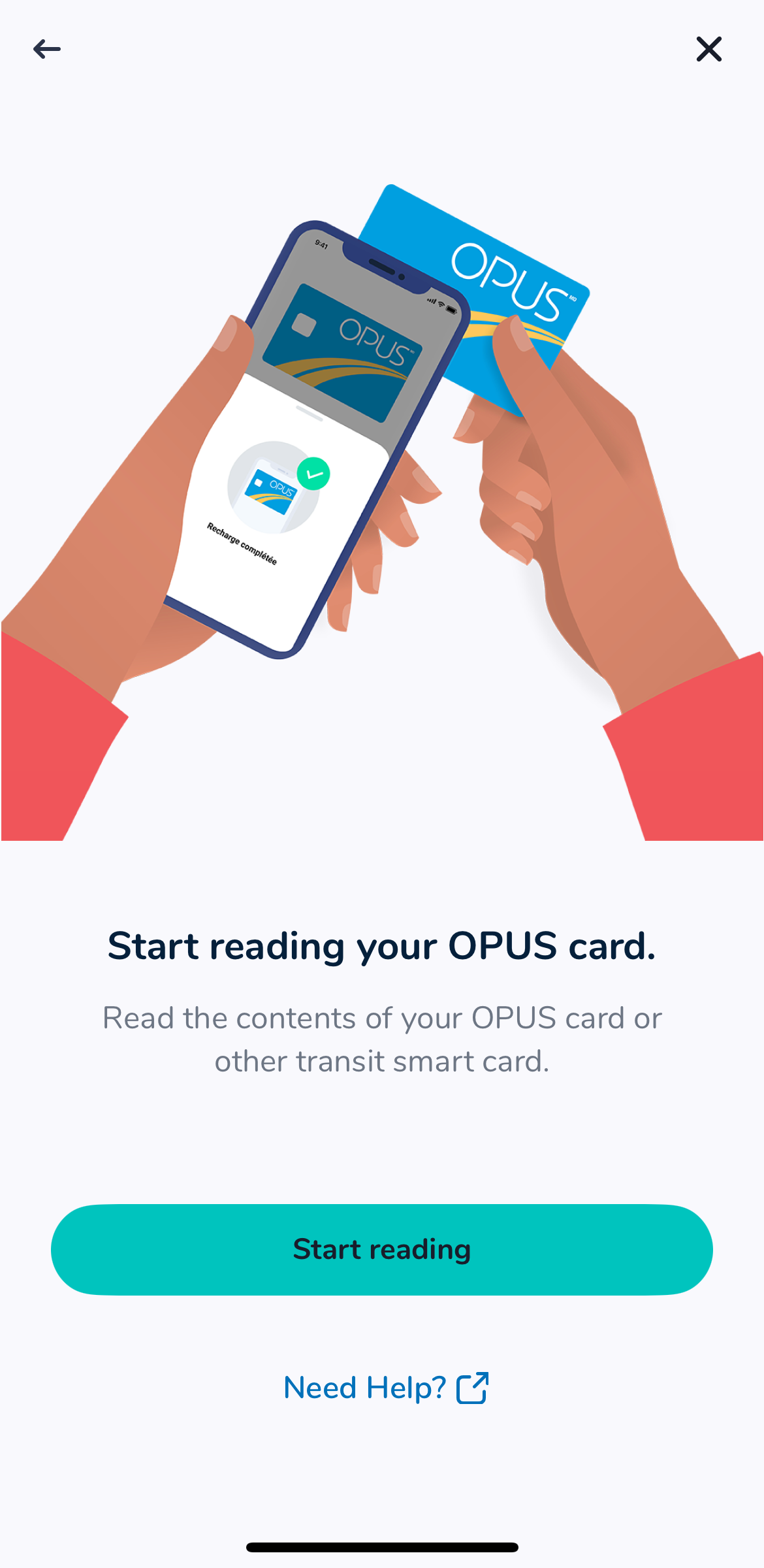 Screenshot of the Chrono app, which Montrealers can now use to reload their OPUS cards.
Screenshot of the Chrono app, which Montrealers can now use to reload their OPUS cards.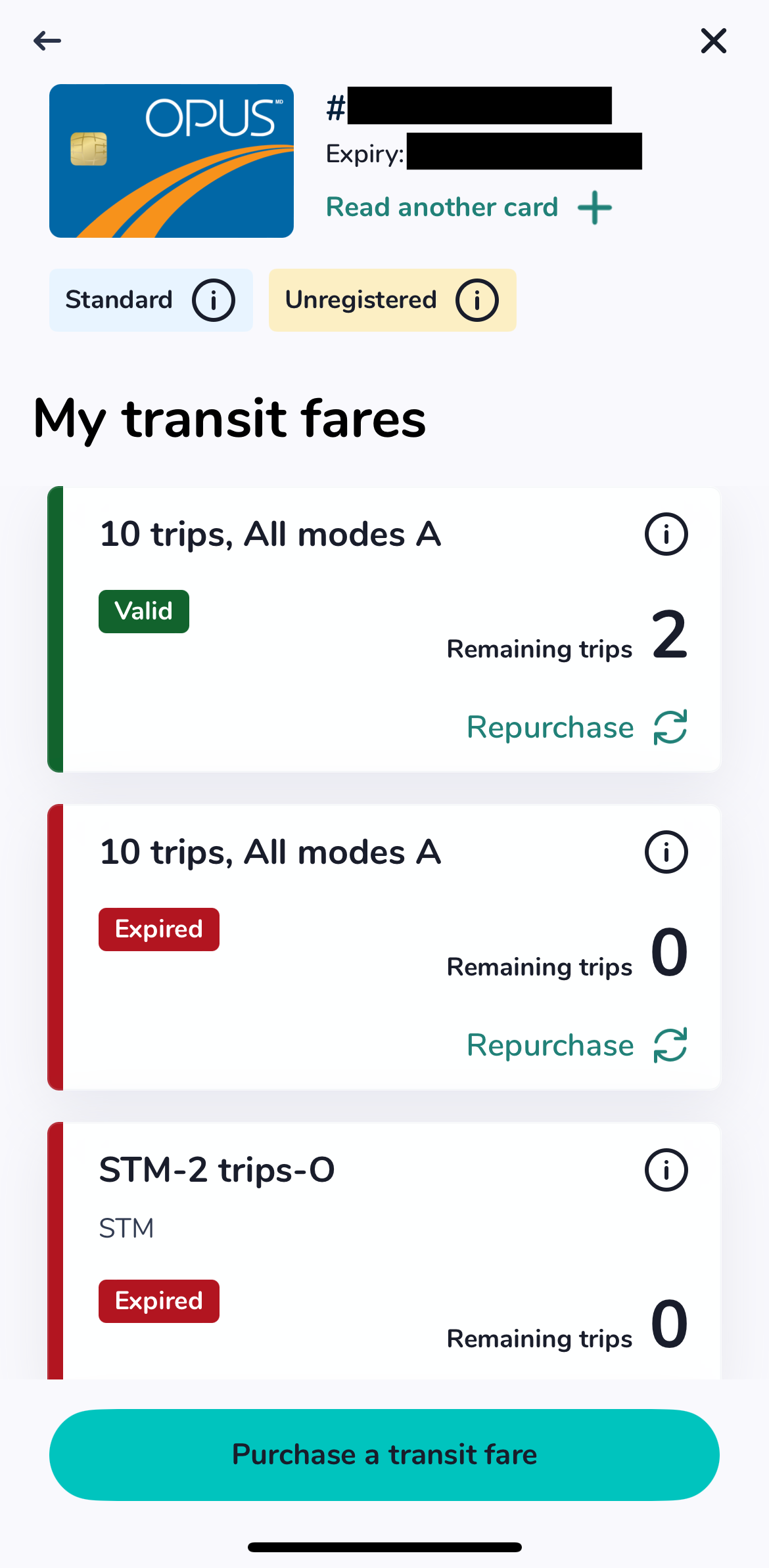 Screenshot of the Chrono app, which Montrealers can now use to reload their OPUS cards.
Screenshot of the Chrono app, which Montrealers can now use to reload their OPUS cards.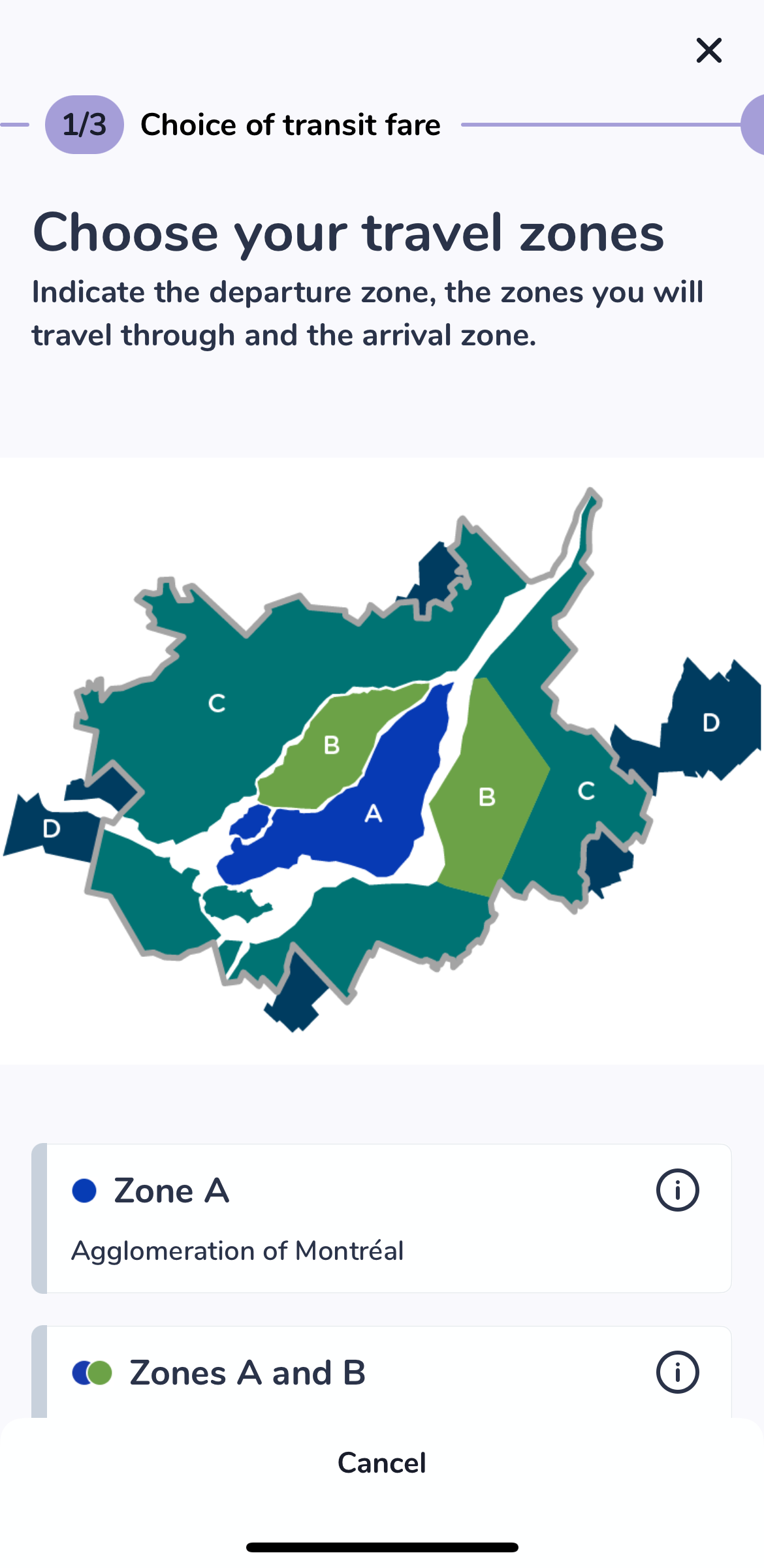 Screenshot of the Chrono app, which Montrealers can now use to reload their OPUS cards.
Screenshot of the Chrono app, which Montrealers can now use to reload their OPUS cards.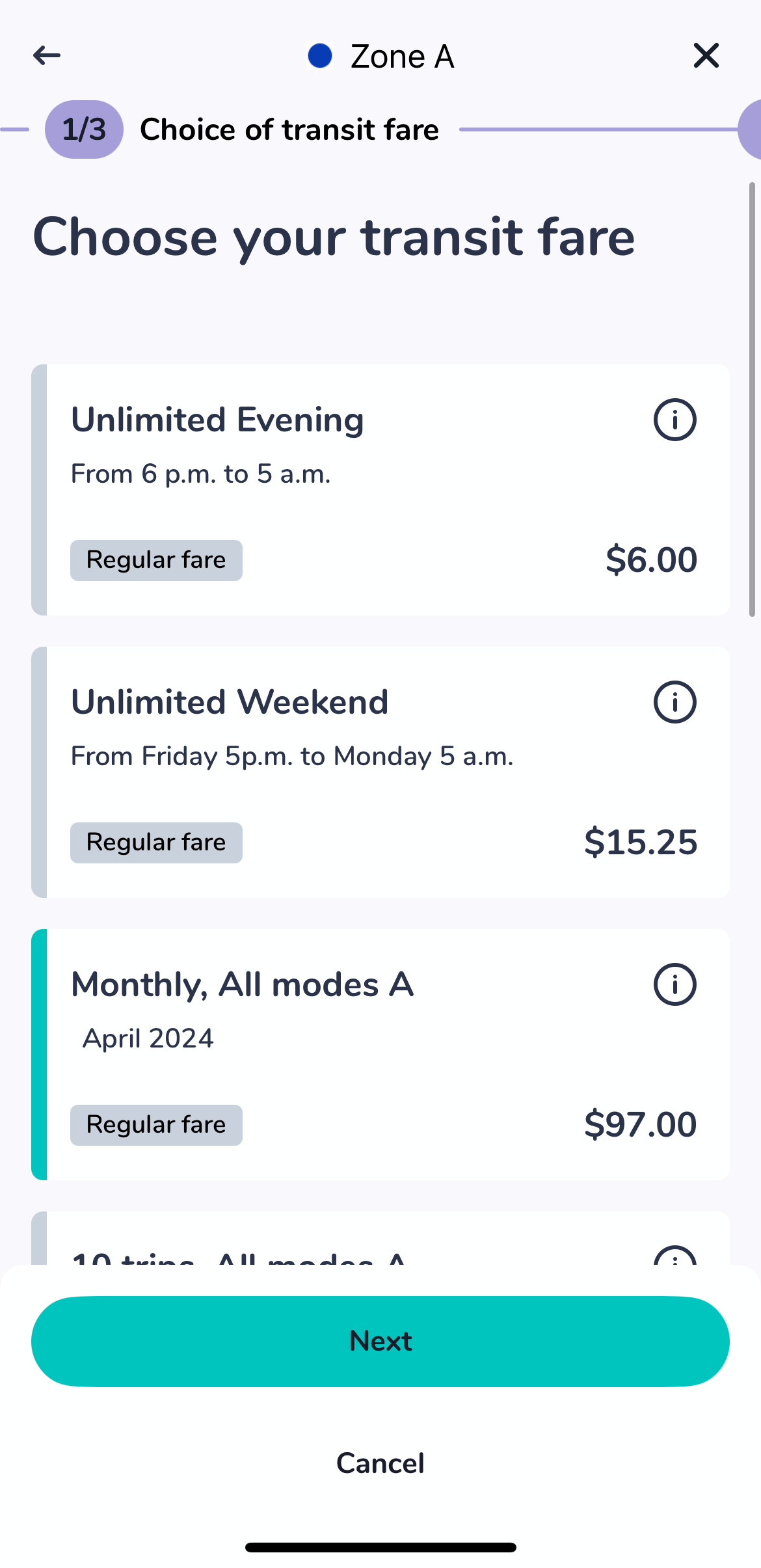 Screenshot of the Chrono app, which Montrealers can now use to reload their OPUS cards.
Screenshot of the Chrono app, which Montrealers can now use to reload their OPUS cards. Screenshot of the Chrono app, which Montrealers can now use to reload their OPUS cards.
Screenshot of the Chrono app, which Montrealers can now use to reload their OPUS cards.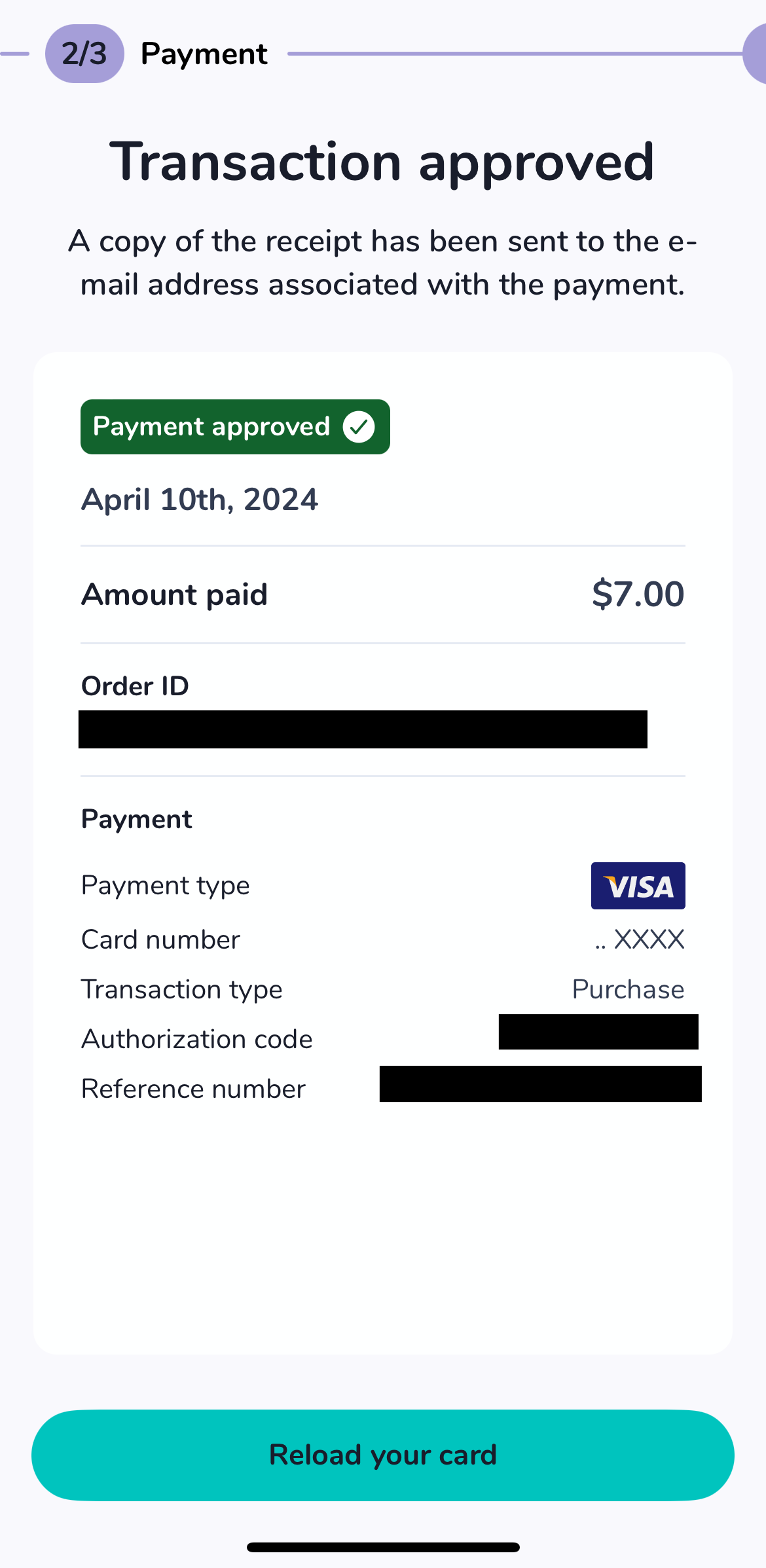 Screenshot of the Chrono app, which Montrealers can now use to reload their OPUS cards.
Screenshot of the Chrono app, which Montrealers can now use to reload their OPUS cards.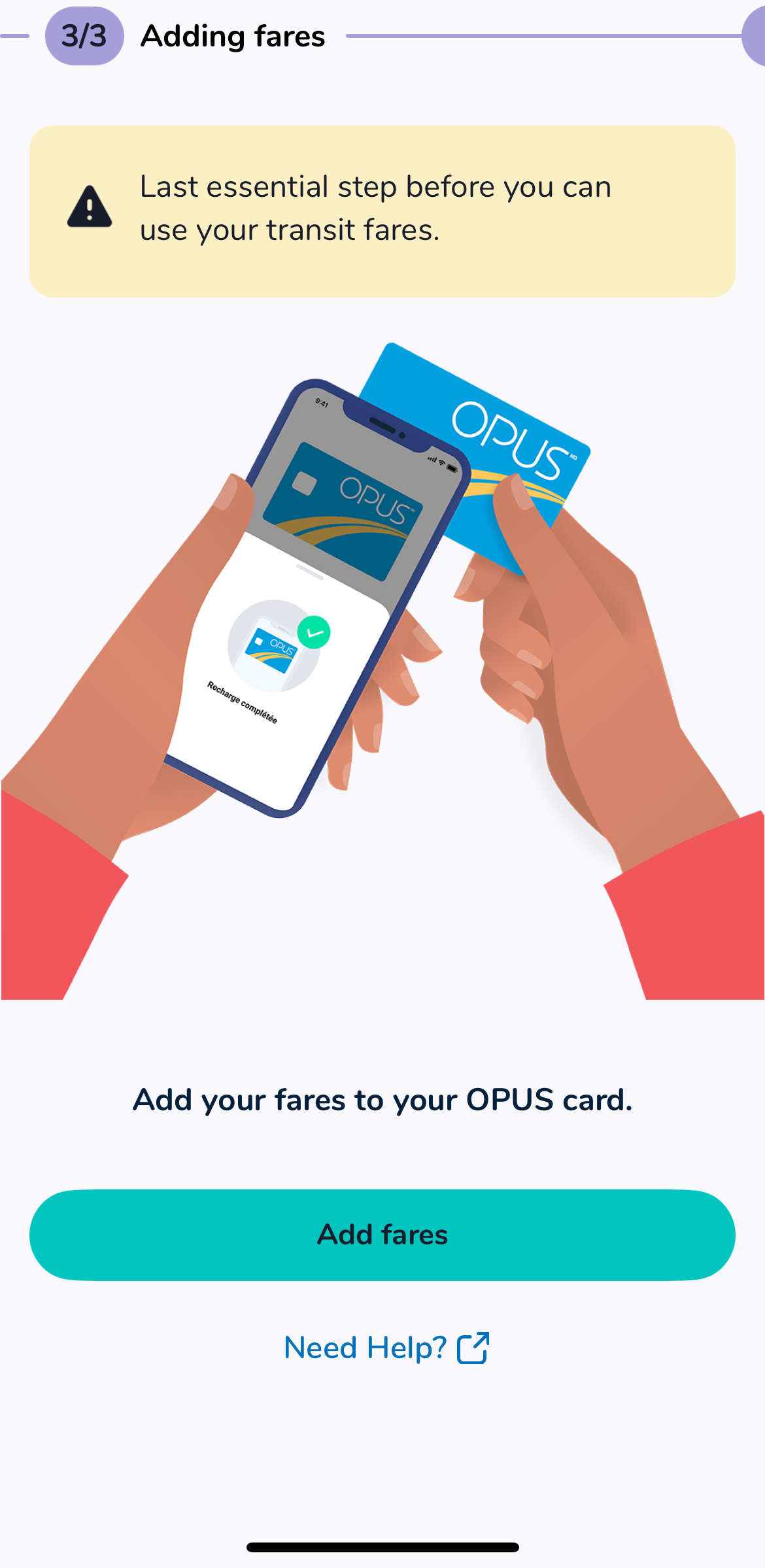 Screenshot of the Chrono app, which Montrealers can now use to reload their OPUS cards.
Screenshot of the Chrono app, which Montrealers can now use to reload their OPUS cards.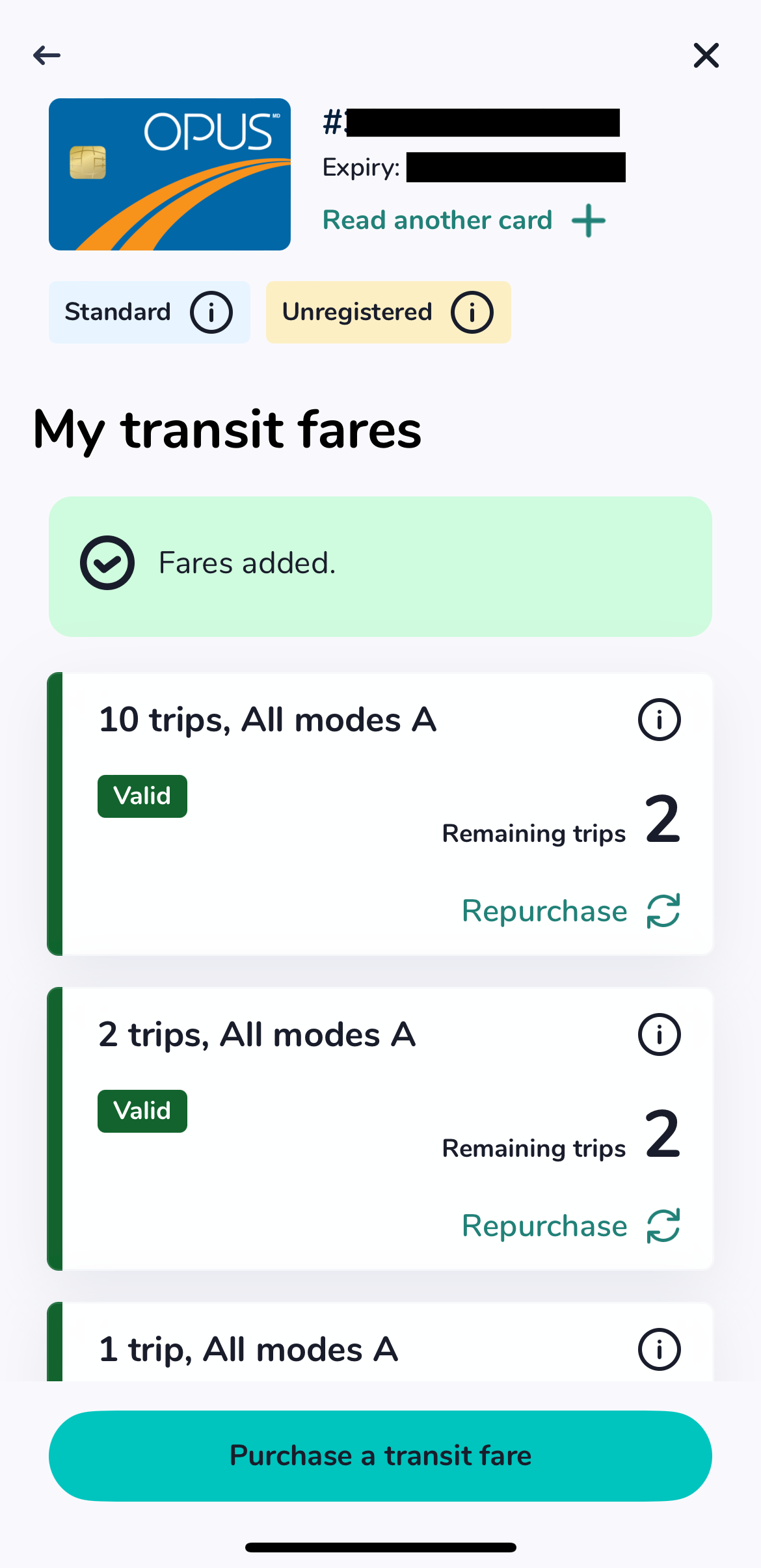 Screenshot of the Chrono app, which Montrealers can now use to reload their OPUS cards.
Screenshot of the Chrono app, which Montrealers can now use to reload their OPUS cards.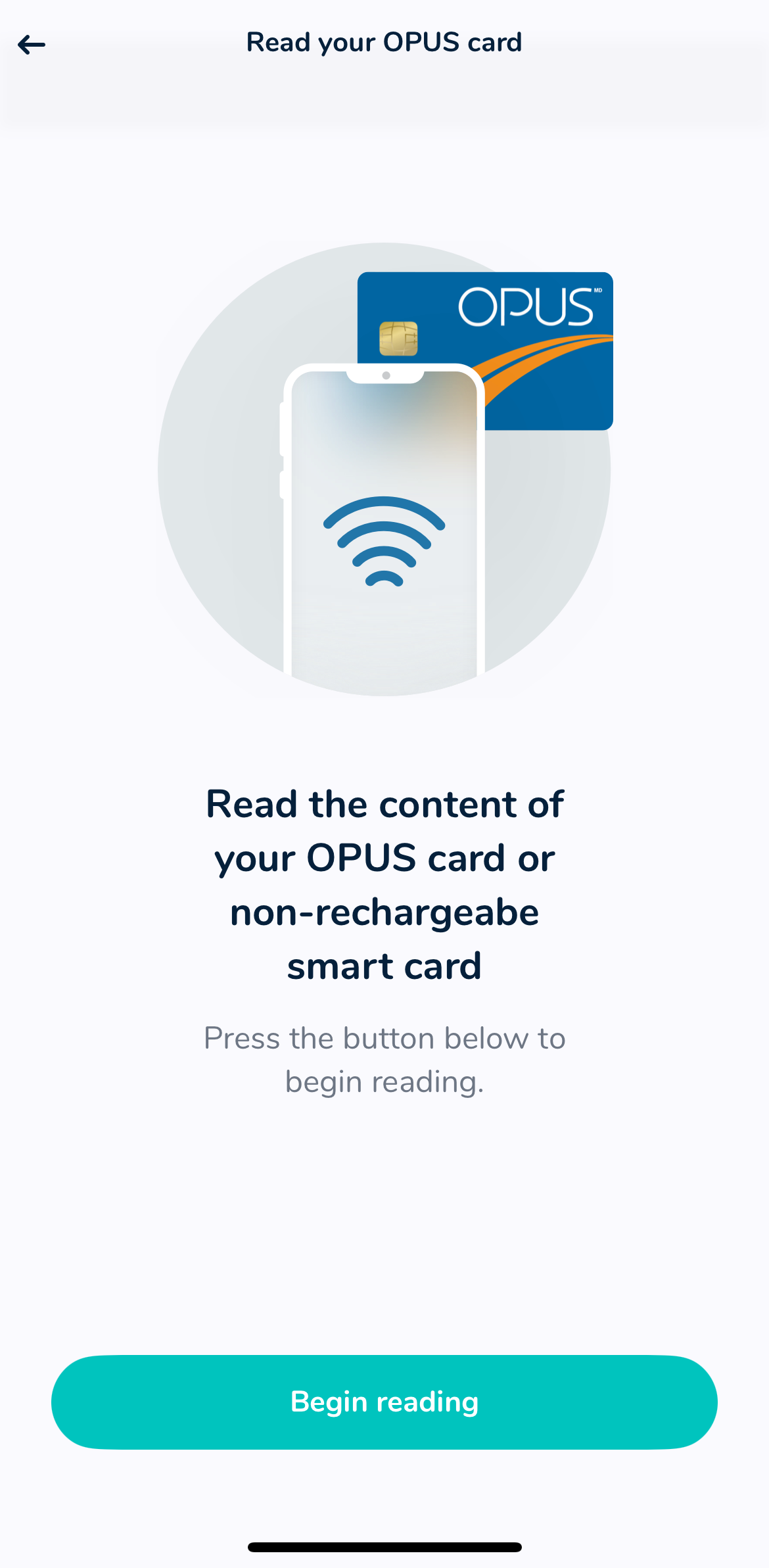 Screenshot of the Chrono app, which already offers the possibility of linking your OPUS card for future mobile reloading.
Screenshot of the Chrono app, which already offers the possibility of linking your OPUS card for future mobile reloading. Screenshot of the Chrono app, which already offers the possibility of linking your OPUS card for future mobile reloading.
Screenshot of the Chrono app, which already offers the possibility of linking your OPUS card for future mobile reloading.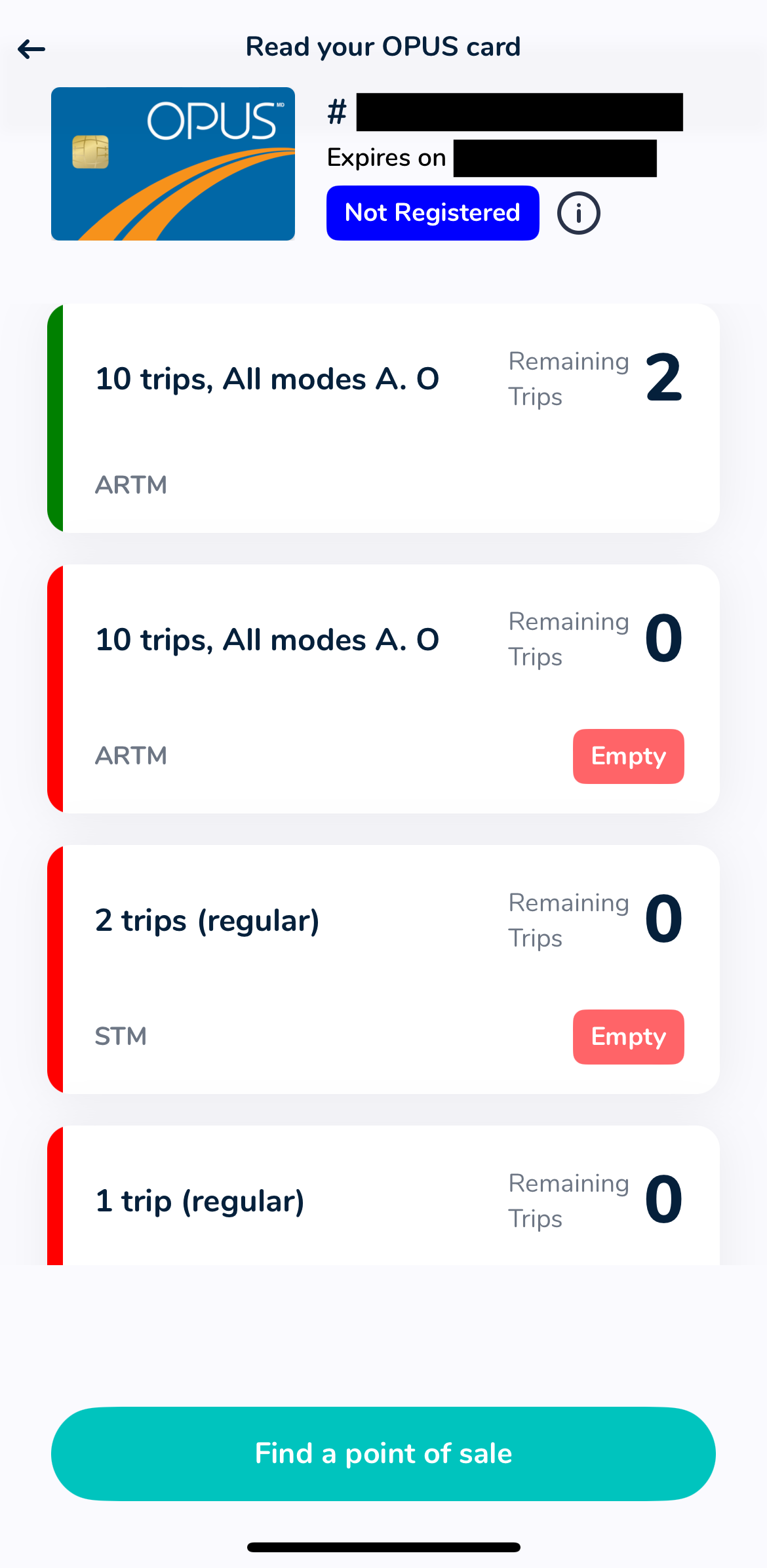 Screenshot of the Chrono app, which allows you to see the information associated with your OPUS card, including your remaining trips.
Screenshot of the Chrono app, which allows you to see the information associated with your OPUS card, including your remaining trips.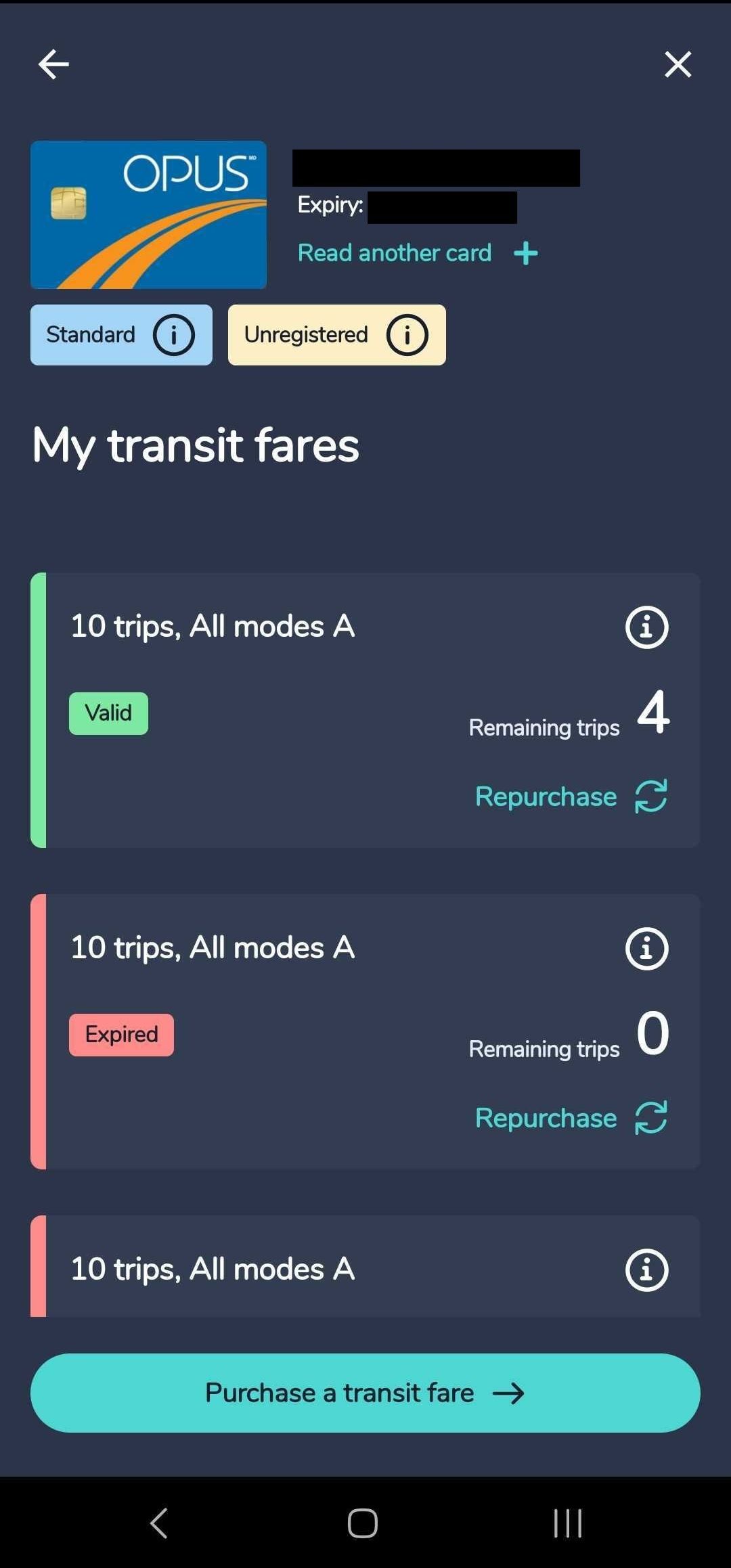 Screenshot of an Android user's Chrono app as a user purchases transit fare.
Screenshot of an Android user's Chrono app as a user purchases transit fare. 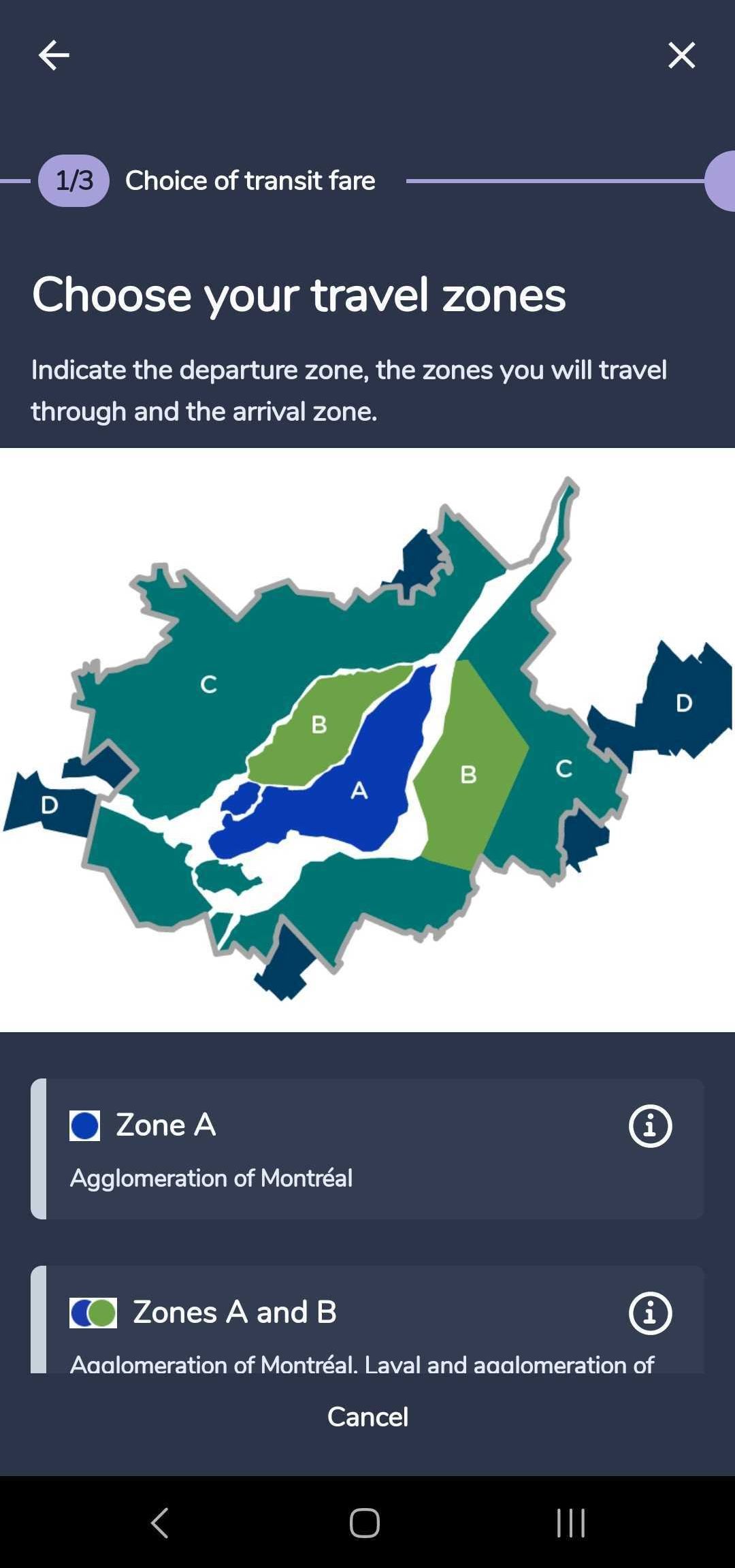 Screenshot of an Android user's Chrono app as a user purchases transit fare.
Screenshot of an Android user's Chrono app as a user purchases transit fare. 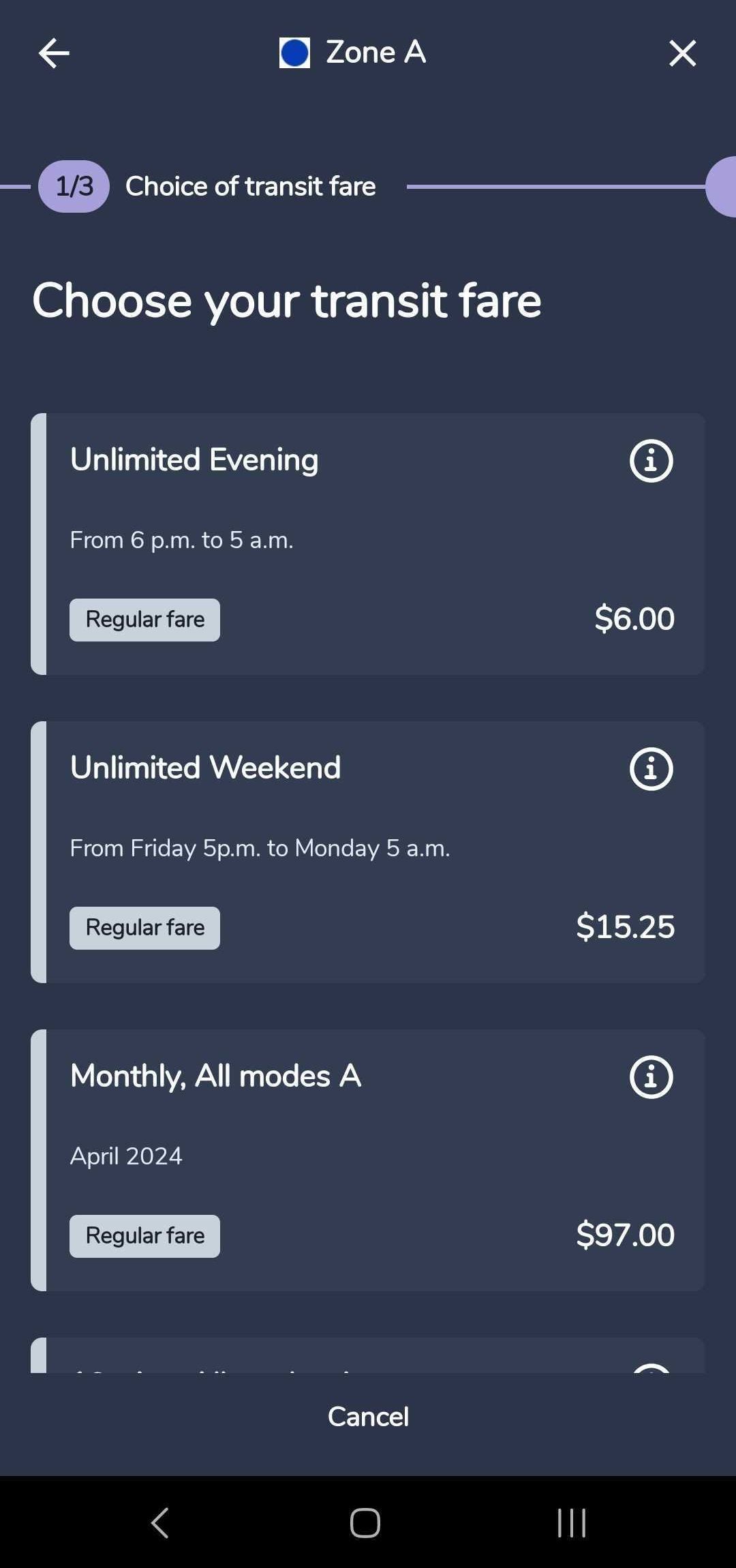 Screenshot of an Android user's Chrono app as a user purchases transit fare.
Screenshot of an Android user's Chrono app as a user purchases transit fare. 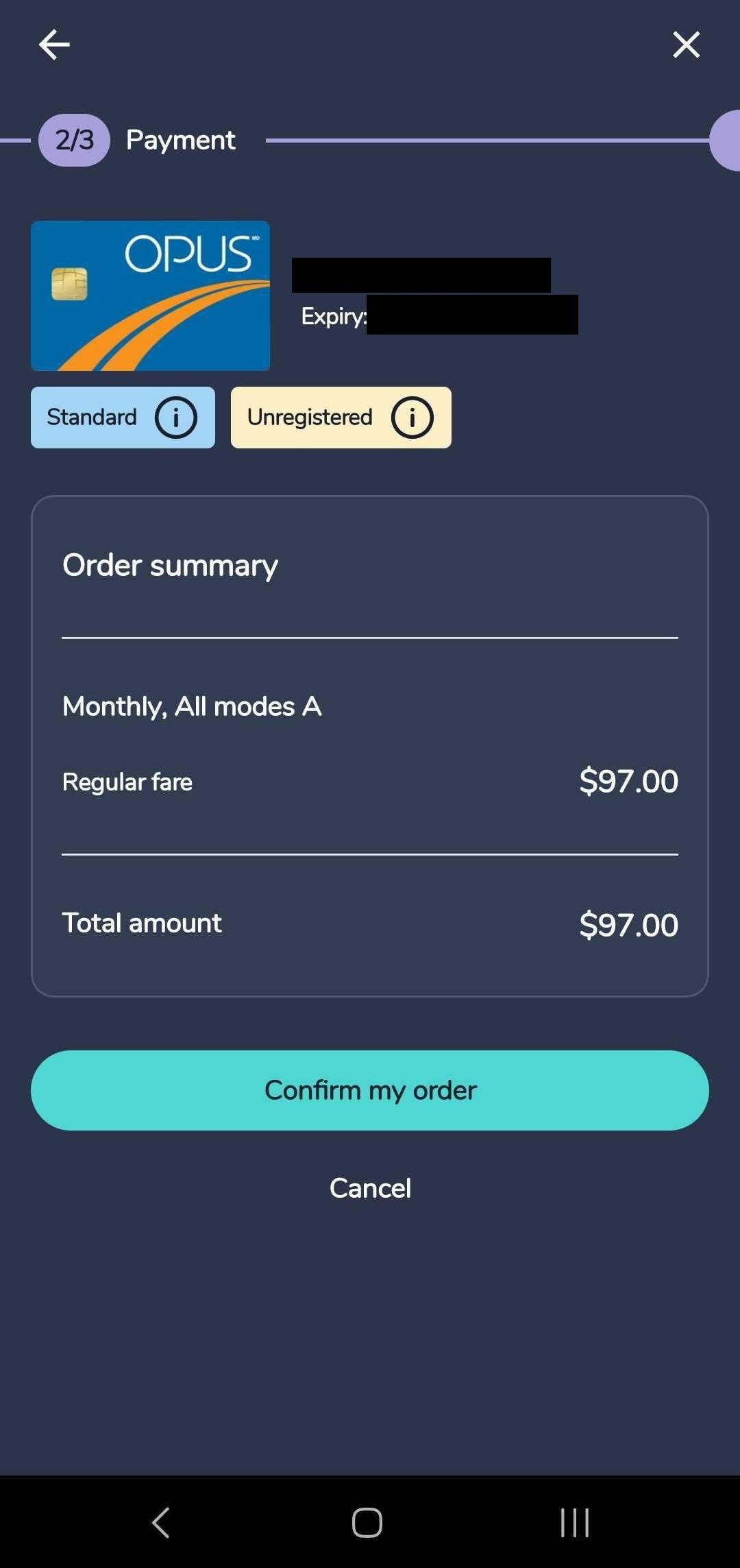 Screenshot of an Android user's Chrono app as a user purchases transit fare.
Screenshot of an Android user's Chrono app as a user purchases transit fare. 